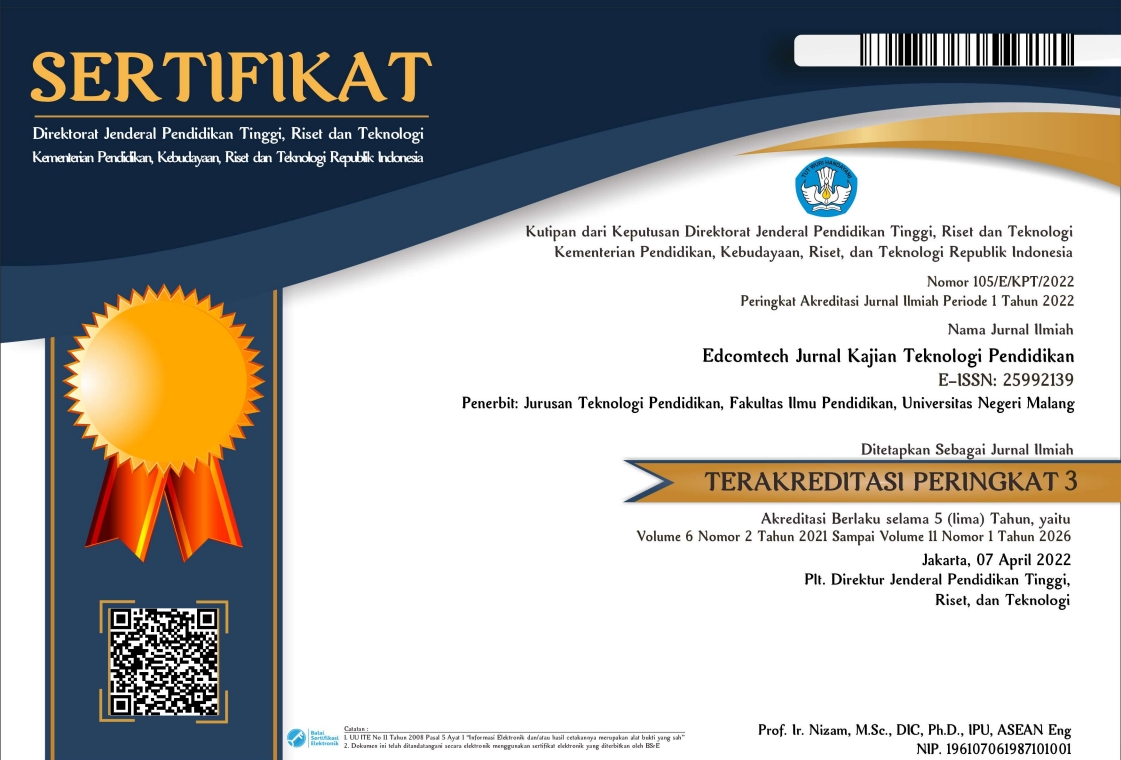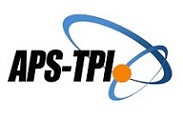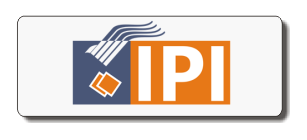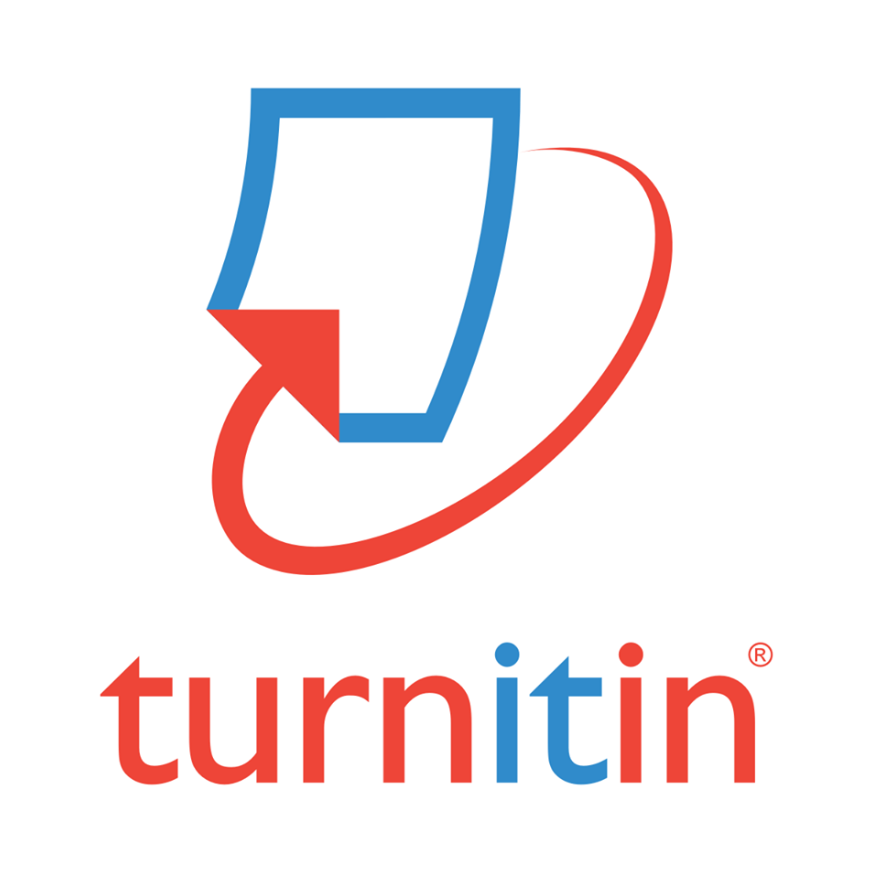Physical Activity with Play and Game Model to Improve The Cognitive of Elementary School Students
Abstract
Elementary school age is a period of physical growth and movement that plays an important role in the formation of quality individuals. Through physical movements in the form of games that continue to provide optimal development in children both cognitive maturity and motor development. Sports with a play-and-game system can increase the growth of neurons in the brain and stimulate the growth of new neurons in the hippocampus. Meanwhile, physical education learning in elementary schools is still teacher-centered and there is still a lack of variety of learning models. Based on the above problems, the play-and-game model can be used as a monotonous and less interesting learning solution. This learning is effective and innovative because it can provide learning experiences both from cognitive, motor, and affective aspects. Engaging in physical activity will positively affect all systems: cardiovascular, respiratory, hormonal, immunological, and nervous systems. In addition, a large development of the frontal and temporal lobes at the age of children 7-12 years. The brain will become more rapidly developed so that it will make faster cognitive improvement. The Play and game model can improve academic performance both in memory, memory, and learning.
Keywords
Full Text:
PDFReferences
A Abdul Jabbar, A. I., & Felicia, P. (2015). Gameplay engagement and learning in game-based learning: A systematic review. Review of educational research, 85 (4), 740-779. https://doi.org/10.3102/0034654315577210
Berchtold, N., Chinn, G., . Chou, M., Kesslak, J., And Cotman, C., 2005. Exercise Primes A Molecular Memory For Brain-Derived Neurotrophic Factor Protein Induction In The Rat. Elsevier Neuroscience, 133 (2005) 853–861. https://doi.org/10.1016/j.neuroscience.2005.03.026
Bidzan-Bluma, I. and M. Lipowska, 2018. Physical activity and cognitive functioning of children: a systematic review. International Journal of environmental research and public health, 2018. 15(4): p. 800. https://doi.org/10.3390/ijerph15040800
Binder, D. & Scharfman, H. 2004. Brain-derived Neurotrophic Factor. National Institutes of Health, 22(3): 123–131. https://doi.org/10.1080%2F08977190410001723308
Broce, I. J., Bernal, B., Altman, N., Bradley, C., Baez, N., Cabrera, L., ... & Dick, A. S. (2019). Fiber pathways supporting early literacy development in 5–8-year-old children. Brain and cognition. https://doi.org/10.1016/j.bandc.2018.12.004
Brown, G. T. L., & Eklöf, H. (2018). Swedish student perceptions of achievement practices: The role of intelligence. Intelligence, 69, 94–103. https://doi.org/10.1016/j.intell.2018.05.006
BSNP. 2006. Permendiknas RI No. 22 of 2006 concerning Content Standards for Primary and Secondary Education Units. Jakarta. National Standards Agency
Burhaein, E. (2017). Physical activity, and sports for the growth and development of elementary school students. Indonesian Journal of Primary Education, 1(1), 51-58.
Cameron, E. L. (2018). Olfactory perception in children. World Journal of otorhinolaryngology-head and neck surgery, 4(1), 57-66. https://doi.org/10.1016/j.wjorl.2018.02.002
Cassilhas, R. C., Tufik, S., & de Mello, M. T. (2016). Physical exercise, neuroplasticity, spatial learning and memory. Cellular and molecular life sciences, 73(5), 975-983. https://doi.org/10.1007/s00018-015-2102-0
De Oliveira Cardoso, C., Seabra, A. G., Gomes, C. M. A., & Fonseca, R. P. (2019). Program for the Neuropsychological Stimulation of Cognition in Students: Impact, Effectiveness, and Transfer Effects on Student Cognitive Performance. Frontiers in psychology, 10. https://doi.org/10.3389/fpsyg.2019.01784
Donnelly, J. E., Hillman, C. H., Castelli, D., Etnier, J. L., Lee, S., Tomporowski, P., … Szabo-Reed, A. N. (2016). Physical Activity, Fitness, Cognitive Function, and Academic Achievement in Children. Medicine & Science in Sports & Exercise, 48(6), 1197–1222. https://doi.org/10.1249%2FMSS.0000000000000901
Ferris, L., Williams, J And Shen, C., The Effect Of Acute Exercise On Serum Brain-Derived Neurotrophic Factor Levels And Cognitive Function. American College Of Sports Medicine, 0195-9131/07/3904-0728/0. https://doi.org/ 10.1249/mss.0b013e31802f04c7
Fullerton, T. (2018). Game design workshop: a playcentric approach to creating innovative games. AK Peters/CRC Press
Hardika, N., Asmawi, M., Tangkudung, J., Dlis, F., Sukur, A., & Winarno, M. E. (2020). Manipulative Movement Based on Information Technology Games for School Children Aged 10-12 Years. Indian Journal of Public Health Research & Development, 11(1).
Haskel-Ittah, M., & Yarden, A. (2018). Students’ conception of genetic phenomena and its effect on their ability to understand the underlying mechanism. CBE—Life Sciences Education, 17(3), ar36. https://doi.org/10.1187/cbe.18-01-0014
Hillman, C.H., Erickson, K.I., & Kramer, A.F. (2008). Be smart, exercise your heart: Exercise effects on brain and cognition. Nat Rev Neurosci, 9(1), 58-65. https://doi.org/10.1038/nrn2298
Hill, T., & Polk, J. D. (2019). BDNF, endurance activity, and mechanisms underlying the evolution of hominin brains. American journal of physical anthropology, 168, 47-62. https://doi.org/10.1002/ajpa.23762
Jefferies, M., Tunçgenç, B., & Cohen, E. (2018). The role of physical activity and touch in children’s social bonding. International Journal of Comparative Psychology, 31
Johnson, Mark. (2010). Functional Brain Development During Infancy. https://doi.org/10.1002/9781444327564.ch9.
Kandemir, H., & Kose, H. (2018, June). Effects of Physical Activity Based HCI Games on the Attention, Emotion and Sensory-Motor Coordination. In International Conference on Robotics in Alpe-Adria Danube Region (pp. 718-727). Springer, Cham. https://doi.org/10.1007/978-3-030-00232-9_75
Kusumawati, S. A. (2019). Basic Movement Development through Play Activities in Children with Intellectual Disabilities (Doctoral Dissertation, Semarang State University).
Leisman, G., Braun-Benjamin, O., & Melillo, R. (2014). Cognitive-motor interactions of the basal ganglia in development. Frontiers in Systems Neuroscience, 8. https://doi.org/10.3389/fnsys.2014.0001
Lin, Y. C., Hsieh, Y. H., Hou, H. T., & Wang, S. M. (2019). Exploring students’ learning and gaming performance as well as attention through a drill-based gaming experience for environmental education. Journal of Computers in Education, 1-20. https://doi.org/10.1007/s40692-019-00130-y
Mattson, S. N., Schoenfeld, A. M., & Riley, E. P. (2004). Teratogenic effects of alcohol on brain and behavior. Alcohol Research & Health, 25(3), 185
Mavilidi, M. F., Drew, R., Morgan, P. J., Lubans, D. R., Schmidt, M., & Riley, N. (2019). Effects of different types of classroom physical activity breaks on children's on‐task behaviour and academic achievement, and cognition. Acta Paediatrica. https://doi.org/10.1111/apa.14892
Morgan, J. A., Corrigan, F., & Baune, B. T. (2015). Effects of physical exercise on central nervous system functions: a review of brain region specific adaptations. Journal of Molecular Psychiatry, 3(1). https://doi.org/10.1186/s40303-015-0010-8
Nierderer, I., Kriemler, S., Gut, J., Hartmann, T., Schindler, C., Barral, J., & Puder, J. 2011. Relationship of aerobic fitness and motor skills with memory and attention in preschoolers (Ballabeina): Across-sectional and 10 longitudinal study. BMC Pediatrics.
Nijhof, S. L., Vinkers, C. H., van Geelen, S. M., Duijff, S. N., Achterberg, E. M., Van Der Net, J., ... & van der Brug, A. W. (2018). Healthy play, better coping: The importance of play for the development of children in health and disease. Neuroscience & Biobehavioral Reviews, 95, 421-429. https://doi.org/10.1016/j.neubiorev.2018.09.024
Plass L., Homer, B. D., & Kinzer, C. K. (2015). Foundations of game-based learning. Educational Psychologist, 50(4), 258-283
Ritblatt, S. N., & Longstreth, S. (2019). Understanding Young Children's Play: Seeing Behavior Through the Lens of Attachment Theory. YC Young Children, 74(2), 78-84
Rockwood, K., & Middleton, L. (2007). Physical activity and the maintenance of cognitive function. Alzheimer's & dementia, 3(2), S38-S44. https://doi.org/10.1016/j.jalz.2007.01.003
Roopnarine, J., Davidson., K. 2015. Parent-Child Play across Cultures Advancing Play Research. American Journal Of Play, vol 7 number 2.
Rosdiani, Dini. 2015. Physical Education Curriculum. Bandung: Alfabeta
Santrock, J. W. 2007. Adolescence, eleventh edition. New York: McGraw Hill
Silverman, M. N., & Deuster, P. A. (2014). Biological mechanisms underlying the role of physical fitness in health and resilience. Interface Focus, 4(5). https://doi.org/10.1098/rsfs.2014.0040
Soetjiningsih, 2012. Child Growth and Development. Second Edition. Jakarta : EGC.
Stallard, P. (2019). Think Good, Feel Good: A Cognitive Behavioural Therapy Workbook for Children and Young People. John Wiley & Sons
Sudarsana, I. K. (2018). Quality Improvement Of Early Childhood Education Through The Utilization Of Multimedia. Jurnal Penjaminan Mutu, 4(2), 174-183. https://doi.org/10.25078/jpm.v4i2.571
Sugiharto. 2017 . Dimensions of Sports Coaching at an Early Age in Building Sports Golden Achievements. Malang: State University of Malang.
Sugiyanto. (2010). Innovative Learning Models. Surakarta: Yuma Library.
Sulton, K., & Jajat, J. (2019, September). Relationship between Gross Motor Skills and Body Mass Index of Children with Intellectual Disability. In 3rd International Conference on Sport Science, Health, and Physical Education (ICSSHPE 2018). Atlantis Press
Tomporowski, P. D., Lambourne, K., & Okumura, M. S. (2011). Physical activity interventions and children's mental function: an introduction and overview. Preventive medicine, 52, S3-S9. https://doi.org/10.1016/j.ypmed.2011.01.028
Vorkapić, S. T., & Prović, P. (2018). Positive Psychology Competences of Pre-School Teachers as a Tool for Understanding and Nurturing Children's Play. In Innovative Practices in Teacher Preparation and Graduate-Level Teacher Education Programs (pp. 134-152). IGI Global.
DOI: http://dx.doi.org/10.17977/um039v8i12023p49
Refbacks
- There are currently no refbacks.
Copyright (c) 2023 humaid ali hasan

This work is licensed under a Creative Commons Attribution-ShareAlike 4.0 International License.
Edcomtech: Jurnal Kajian Teknologi Pendidikan published by Department of Educational Technology, Faculty of Education, State University of Malang in Collaboration with Asosiasi Program Studi Teknologi Pendidikan Indonesia (APS TPI) and Ikatan Profesi Teknologi Pendidikan Indonesia (IPTPI) with MoU.
Publisher Address:
Lab. Teknologi Pendidikan, Gd.E2, Lt.1
Fakultas Ilmu Pendidikan Universitas Negeri Malang
Jalan Semarang No 5, Kota Malang Kode Pos 65145
Email: edcomtech.fip@um.ac.id
========================================================================================================
| INDEXED BY | TOOLS | PLAGIARISM CHECK | ARTICLE TEMPLATE |
|

Edcomtech is licensed under a Creative Commons Attribution-ShareAlike 4.0 International License.
Edcomtech Statistics (Since July 13th, 2020)












1.png)








